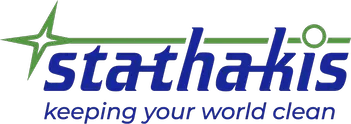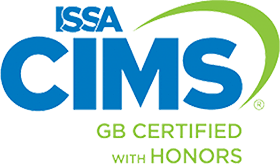
Green is the new black, so they say, and companies as diverse as scrap metal recyclers and high end clothing stores are looking to "green" up their image. It's great for the environment when any industry tries to decrease it's footprint on the environment. However, too often these green programs amount to very little other than some fancy buzzwords.by Brian Mamo
We see this happen time and again with green cleaning services. Cleaning services claim to have a green cleaning program but in reality, do not really have green products or services at all. They simply use the buzz word to gain business. If you are looking to add green programs to your company, than the best way to assure you get what is promised is to get educated about what real green cleaning services look like.
Let's sort through some of the lies cleaning services will use to get your business.
Green Products
Changing cleaning products to "green" products is one of the most visible changes a company can make so it appears the company practices green cleaning. The cleaning service may say, for example, they use ammonia free products. And that's a good start.
But real green cleaning services use cleaning products that go beyond a simple change in ingredients. Green cleaning products should:
- Low allergenic;
- Non-caustic;
- Non-toxic;
- And 100 percent biodegradable.
Green Environment
Thorough green cleaning services know and understand that a healthy, eco-friendly environment has to involve more than just using the right products and materials. It also involves taking care of the indoor air quality to reduce allergens and pollutants. It means reducing germs and bacteria to keep employees and customers healthy. And it means reducing your overall need for cleaning services and your budget, a real "green" benefit.
Too many companies that claim to have green programs fail to take these extra steps, steps that separate true green programs from those just giving lip service to green ideals.
Some ways that comprehensive green cleaning programs go beyond the basics include:
- Using mats at every door entrance to trap dirt and dust to raise the indoor air quality and reduces the need for constant dusting and vacuuming;
- Focusing on high frequency touch points like door handles and light switches, where germs and bacteria build up;
- And using the most efficient practices such as preventative maintenance to lower overall costs.




Leave a Reply